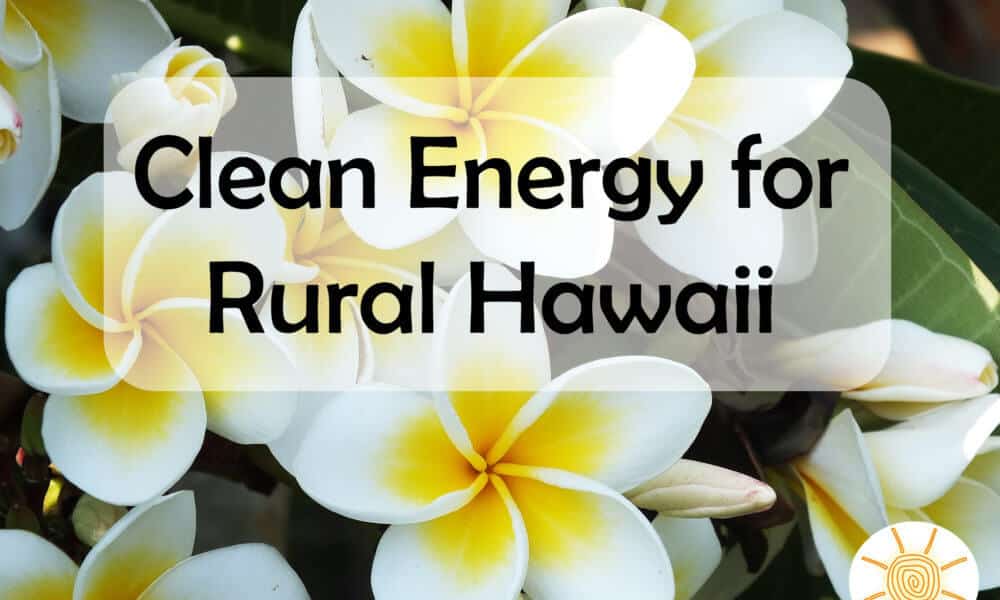There are more than 1 billion people worldwide without electricity in their rural or remote areas. Bringing electricity to these families is a challenge everywhere. As Hawaii moves forward with goals to transition to 100 percent renewables by 2045, they are hoping to bridge that gap.
The KIUC (Kaua’i Island Utility Cooperative), is currently working to bring affordable electricity through renewable energy to farms in rural areas throughout their island where it is crucial. Adding solar and wind to its initiative, the KIUC has already constructed solar farms and invested in smaller solar and wind projects.
The Ulupono Initiative, a firm dedicated to support locally produced food, clean energy, and waste reduction, has put $30 million toward renewable projects throughout the islands, including the more remote. The projects include a firm using seawater for cooling, a biofuel project, and a biofuel technology to turn waste into energy.
On the Big Island, the Hawaii Electric Light Company (whom already gets 54% of its electricity from renewables), is intent upon reaching the 100% renewable goal by 2030 instead of 2045. They are looking at new ways to help renewable installments pay for themselves so that it will be easier to provide access to their rural areas. Principals from KIUC, the Ulupono Initiative, and the Hawai’i County Department of Research and Development came together to do just that.

